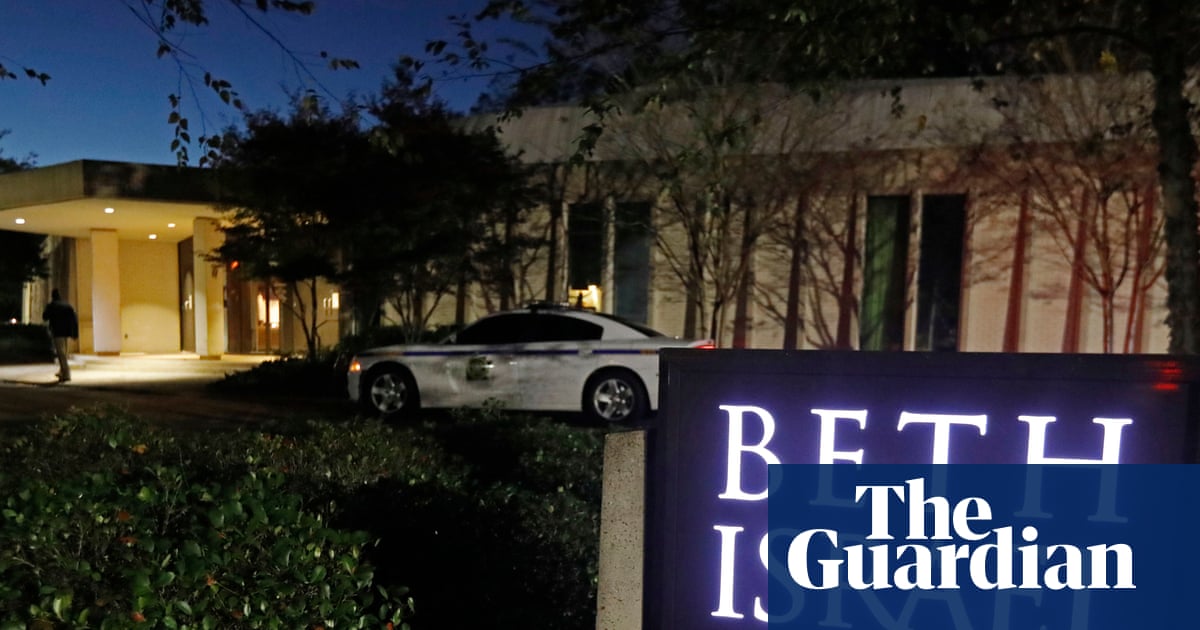David Lan’s play takes us into a fascinating corridor of history: that of displaced people, or DPs, in the aftermath of the second world war. The focus is on displaced minors, some of whom are German, others Slavic. There is talk of a third category of “special” children who were stolen by the Nazis as part of their campaign to create a breed of Aryan “pure bloods”. This, we hear, consisted of abducting mostly Slavic children and habilitating them into German families – if they met the “genetic” requirements.
Young Thomas is among this category, his previous Polish identity having been erased. He was given a new name, mother, tongue and Bavarian home, but we meet him as he is torn from this second, adoptive family to become a temporary charge of Ruth (Juliet Stevenson), a UN relief worker working with the American forces to return the children to their original towns, villages and homes.
When he turns up at her door in London 45 years later, demanding an explanation, Ruth takes the adult Thomas (Tom Wlaschiha) into her investigations of his family history in the direct aftermath of war.
Stevenson gives a typically muscular performance, but it is Artie Wilkinson-Hunt, playing the young Thomas on press night, who well and truly steals the show. Under the direction of Stephen Daldry (who famously elicited a superb performance from Jamie Bell in Billy Elliot), he is an initially angry, mercurial and fearless force in the lives of Ruth and the GIs. Wilkinson-Hunt is an absolute whirlwind, baleful, melancholy and tender by turns. A star in the making, without a doubt.

Everything seems lined up for a captivating production, from the strength of the cast to Miriam Buether’s original and intricate traverse set, which has a kitchen at one end, representing the present, and a bookcase and piano at the other, which takes us back to 1945. The ground in between is filled with scenes from the past, set beside the present as we travel into the mystery of Thomas’s heritage and displacement and his anger at Ruth.
Yet the pace is too slow (almost three hours) and the characters around Ruth are generic, from the classically cocky Yanks to the oh-so-British aid workers. At one point, a group of aristocratic Germans enter, after the fall of the Third Reich, all dressed in black and seeming like cartoon villains.
And there is so much plot that it does not leave enough space for you to feel the play’s big emotional jolts, despite the stupendous central performances. Buether’s set design is superb, but its middle span of empty space does not lend itself to emotional intimacies.
Still, it is impressive as a production and resonant in its subject matter. The DPs of then equate to the asylum seekers and refugees of today. Those protesting at what they term the immigrant invasion may benefit from watching this play as a way of restoring their humanity.

 3 months ago
128
3 months ago
128

















































